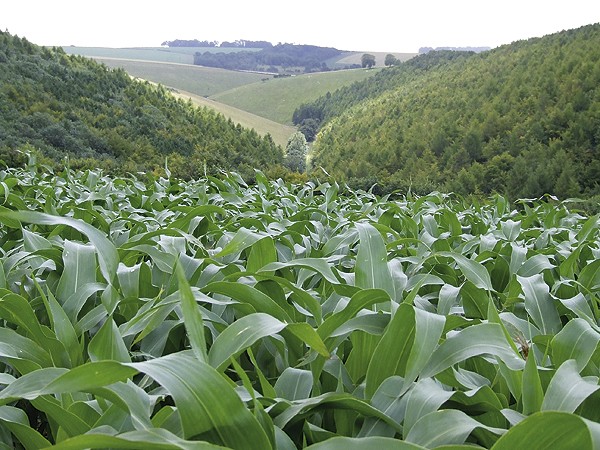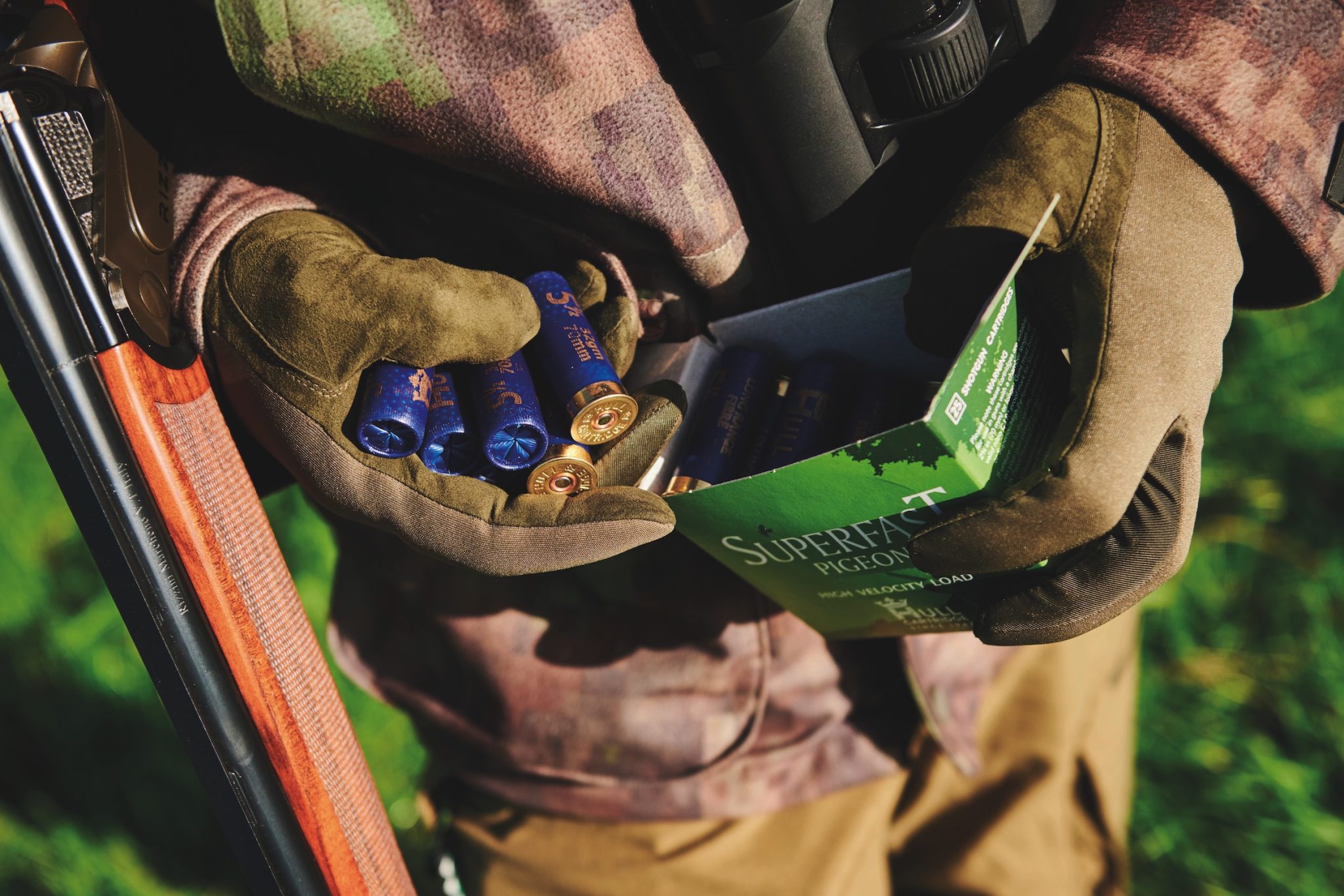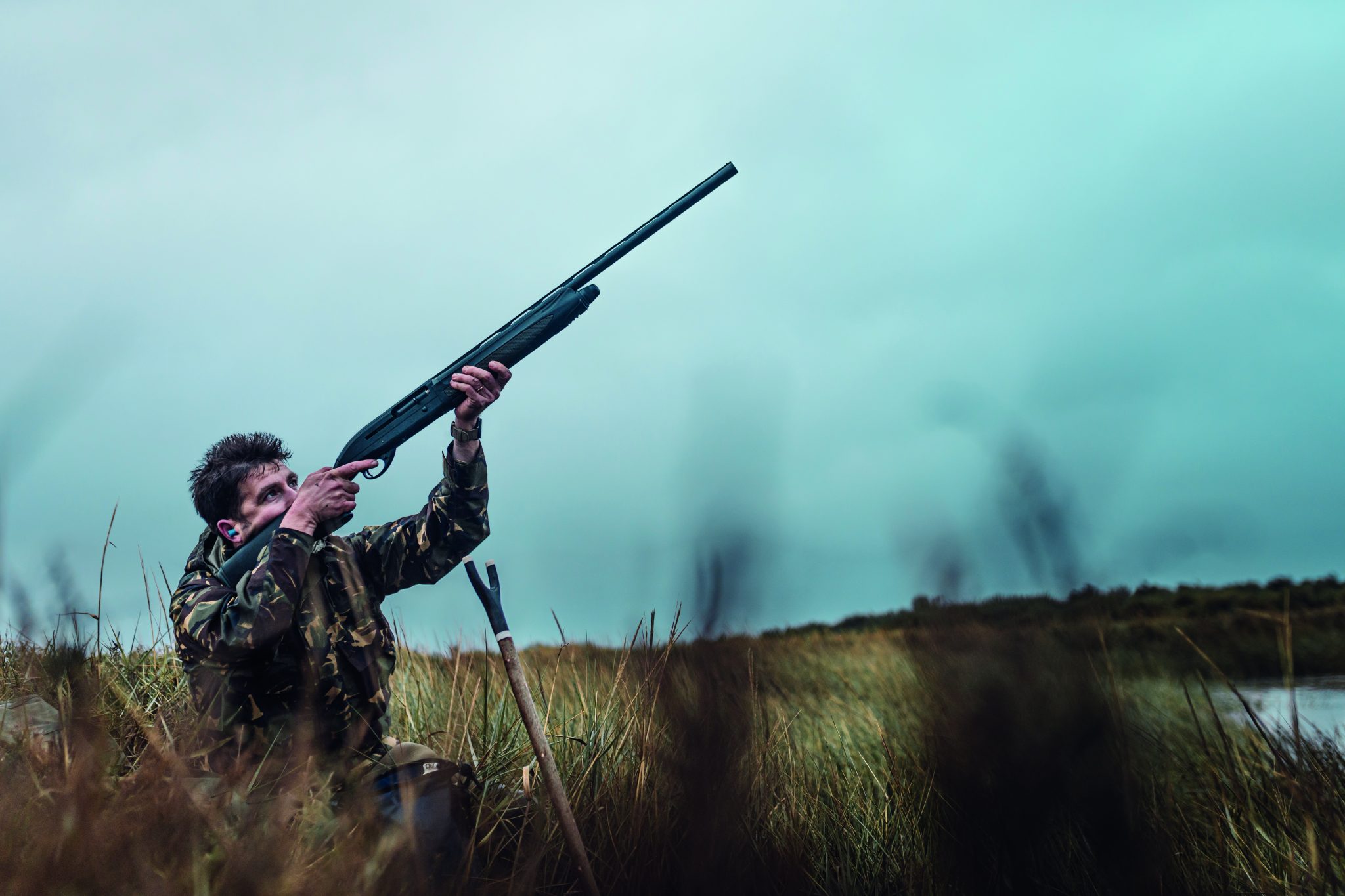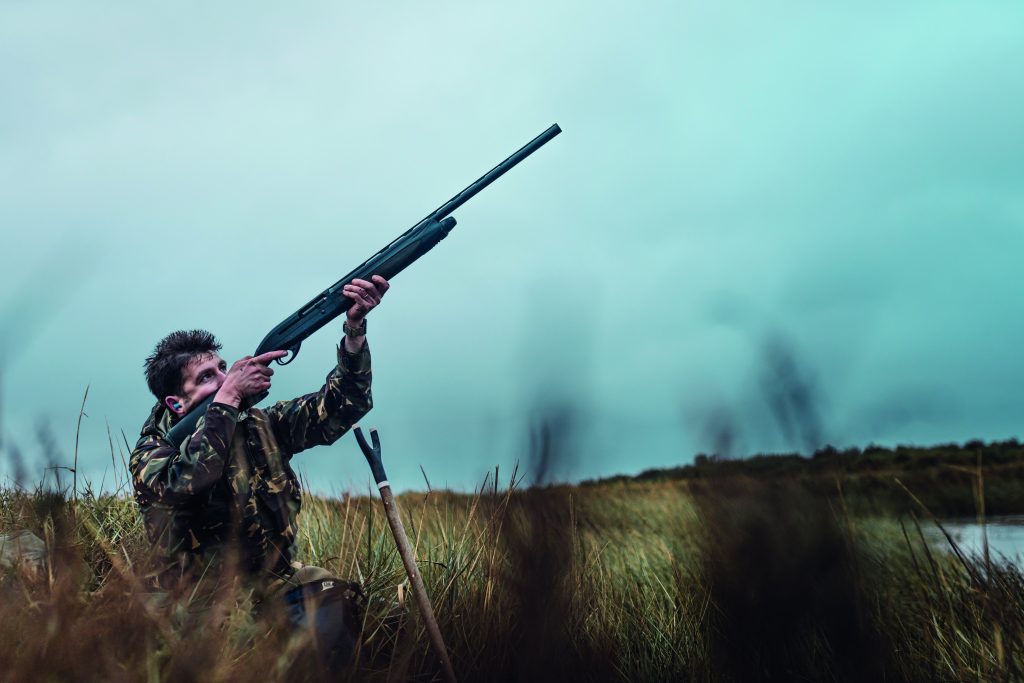Win CENS ProFlex DX5 earplugs worth £1,149 – enter here
Stop birds straying
<strong>Get a higher return next season with Mike Swan's simple guide to choosing the correct covercrop varieties for your shoot, climate and birds</strong>

Over the next few weeks some wonderful catalogues will come through the letter box offering a bewildering array of covercrop varieties. Making up your mind about what to grow may not be easy, and the first thing you should think about is your basic objective. Are you after a pheasant drive that holds well till the last day of the season or perhaps a network of partridge drives that will not be needed after November? Maybe you want a patch of cover outside the release wood to amuse your poults in autumn, but not to distract them from key drives later on? We are also keen to do our bit for other wildlife, and in this regard some crops have far more to offer than others.
Winter cover
From Caithness to Cornwall, if you want good holding cover for pheasants it is hard to beat kale. The combination of an overhead canopy and the freedom to run around below, plus its winter hardiness, makes it a real favourite. If you choose one of the stronger varieties, you should also find that it survives the cold well, offering the prospect of cover in its second winter after flowering and setting seed.
In the warmer south, various sorghums are now a common choice, too. They will often do well on ground where kale struggles due to pests or disease, and they have the advantage of being more attractive than kale for partridges.
Feeding your birds
In an ideal world, your crop will feed your birds, too, and maize is a long-term favourite. The open floor also finds particular favour with redlegs. Some sorghum varieties offer the prospect of a seed crop, but I have to say that good production seems to be the exception rather than the rule. Further north, neither of these crops will succeed, but triticale offers a valuable alternative.
Perennial crops
Ever since I became a Game & Wildlife Conservation Trust (GWCT) advisor almost 30 years ago, people have asked me why no-one has discovered or bred the perfect perennial crop that offers food and cover, and needs no looking after. The answer, of course, is that the chances of this are similar to that of breeding flying pigs. However, both Jerusalem artichokes and canary grass can give you useful perennial cover. They need an annual maintenance programme, though, with the emphasis on keeping weeds under control.
Autumn cover
Crops such as millet, mustard, quinoa and tic beans all offer useful cover in late summer and autumn with the added value of a bountiful crop of seed to feed both game and wildlife. At the same time, they rapidly break down, meaning that they are unlikely to be your best choice for midwinter cover. However, you can turn this to your advantage by using them to help hold the autumn wanderers in places where you do not want birds to go on later shoot days.
Catch crops
Winter stubbles, especially if left to go to weed, are a tremendous game and wildlife habitat. However, they can be even better if you establish patches of quick-growing cover on them. Mustard is great and can be hand broadcast into standing corn before harvest. Try to pick a moment just before rain is due, preferably in the middle of July.
Stewardship options
Entry and Higher Level Stewardship offer farmers worthwhile grants for a range of conservation activities on their land. Many of these are potentially helpful to game, too, and in particular wild bird seed mix and unharvested cereal headlands are a real bonus to game.
Related Articles
Get the latest news delivered direct to your door
Subscribe to Shooting Times & Country
Discover the ultimate companion for field sports enthusiasts with Shooting Times & Country Magazine, the UK’s leading weekly publication that has been at the forefront of shooting culture since 1882. Subscribers gain access to expert tips, comprehensive gear reviews, seasonal advice and a vibrant community of like-minded shooters.
Save on shop price when you subscribe with weekly issues featuring in-depth articles on gundog training, exclusive member offers and access to the digital back issue library. A Shooting Times & Country subscription is more than a magazine, don’t just read about the countryside; immerse yourself in its most authoritative and engaging publication.






